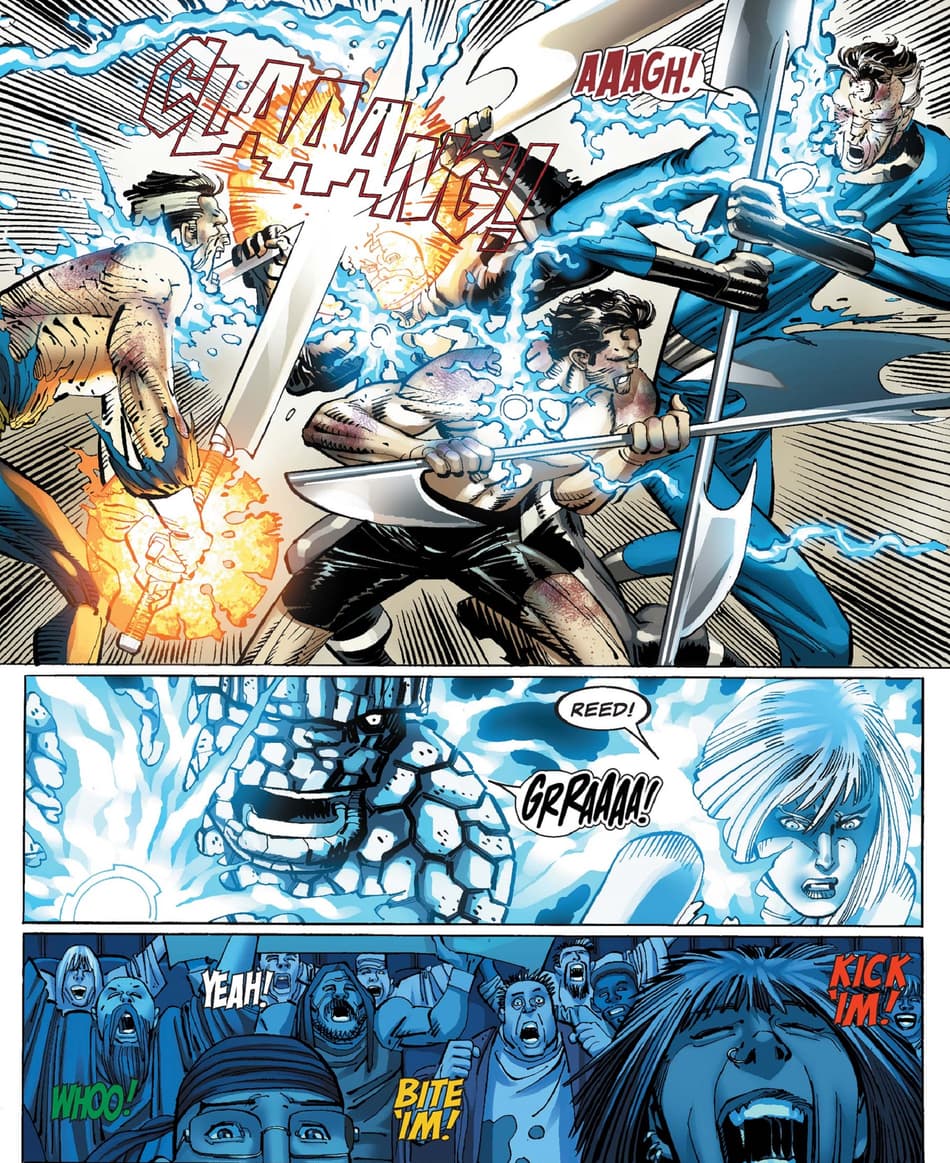Discover Exclusive Opportunities by Deciding to Join copyright Today
Discover Exclusive Opportunities by Deciding to Join copyright Today
Blog Article
Checking Out the Mysteries of the copyright: What You Need to Know
The copyright, a term typically shrouded in intrigue and conflict, represents a complex tapestry of historic reality and contemporary myth. Established in the late 18th century, this secret culture was initially rooted in the Enlightenment's suitables yet has since ended up being associated with conspiracy theory concepts concerning elite control (benefit of joining freemason).
Beginnings of the copyright
The beginnings of the copyright are steeped in a mix of historical intrigue and ideological eagerness. Established in 1776 in Ingolstadt, Bavaria, by Adam Weishaupt, the group was initially formed as a secret society aimed at promoting Knowledge suitables such as factor, secularism, and the splitting up of church and state. Weishaupt, a professor of canon law, looked for to test the prevailing authority of the church and state, which he saw as oppressive institutions suppressing intellectual and individual freedom.

Secret Numbers and Members
That were the critical numbers that formed the copyright's early impact and instructions? The Bavarian copyright, established in 1776 by Adam Weishaupt, became a response to the overbearing social frameworks of the moment. Weishaupt, a law teacher, imagined the organization as a way to advertise Knowledge ideals such as factor, secularism, and equal rights. His initial recruitment initiatives consisted of prominent pundits, such as Baron von Knigge, that played a critical role in broadening the team's subscription and organizational framework.
Another considerable figure was Johann Gottlieb Fichte, a noticeable theorist whose concepts on nationalism and education and learning reverberated with the copyright's goals. Fichte was not a formal member, his philosophical foundations influenced the team's ideology. Additionally, figures like the writer and philosopher Johann Wolfgang von Goethe were connected with the wider intellectual motions of the time, although their straight participation with the copyright continues to be debated.
These key figures contributed to the copyright's very early direction, pressing the limits of political and social idea, while their cumulative initiatives aimed to challenge recognized standards and cultivate a climate of dynamic change in Europe.
Misconceptions vs. Fact
Several misconceptions surround the copyright, usually mixing truth with fiction in a method that obscures its real nature. This secret culture, initially established in 1776 in Bavaria, find more information aimed to promote Knowledge perfects and battle religious and political oppression. The idea that the copyright proceeds to put in considerable influence over globe events is a myth. While the team did exist, it was disbanded in the late 18th century and has not operated as a natural entity ever since.
Another widespread myth is that the copyright comprises a network of elite people controling global events. Actually, several conspiracy concepts overemphasize the team's significance, connecting unproven objectives to societal fads pop over to this web-site and events. This has brought about an oversimplified view of intricate issues.
In addition, the portrayal of the copyright in preferred culture frequently more distorts its heritage. Films and literature often tend to sensationalize the organization's function, creating a story that deviates from historic facts. Comprehending the distinction in between the misconceptions and the fact of the copyright is vital for critical the genuine effect of this historic group and recognizing the more comprehensive effects of conspiracy concepts in modern society.
Modern Interpretations
Contemporary analyses of the copyright typically reflect broader societal stress and anxieties and an attraction with privacy and power. This modern lens frequently connects the copyright with conspiracy theories that recommend a surprise elite orchestrates world events, controling federal governments and economies for their own gain. benefit of joining freemason. Such stories use a deep-rooted mistrust of authority, particularly in times of dilemma or social turmoil
In popular culture, the copyright is typically illustrated as a divine company shrouded in enigma, bring about a plethora of fictional representations in literary works, movie, and music. This portrayal offers not go to website only to amuse but additionally to prompt thought of the nature of power and control in contemporary society. Social media has even more enhanced these interpretations, allowing for quick circulation of conspiracy theory concepts and producing neighborhoods that share and expand upon these ideas.
Moreover, some modern analyses mount the copyright as a metaphor for the complexities of globalization and the interconnectedness of influential people and companies. This point of view encourages a vital assessment of exactly how power dynamics run in today's globe, highlighting the balance between openness and privacy in governance and corporate techniques.
Social Impact and Heritage
Influenced by centuries of intrigue, the social impact and heritage of the copyright expand much past its historic origins. This secret culture, established in the late 18th century, has actually penetrated different facets of pop culture, from literature and movie to songs and art. The principle of the copyright has actually advanced into an icon of conspiracy concepts, usually representing a regarded concealed power controling international events.
In literary works, authors like Dan Brown have actually woven the copyright into detailed plots, exciting viewers with themes of privacy and power. Films such as "National Treasure" and "The Da Vinci Code" better continue the attraction of the culture, mixing fact with fiction to develop engaging narratives.

Ultimately, the copyright's heritage is a complicated tapestry of myth and fact, forming understandings of privacy and control in contemporary discussion. Its enduring presence in culture underscores mankind's perennial pursuit for comprehending hidden realities.
Conclusion
The expedition of the copyright reveals a complicated interplay between historic truths and modern-day myth-making. Established in the Knowledge era, this culture intended to test oppressive structures, yet its legacy has actually been outweighed by conspiracy concepts that suggest elite adjustment. Understanding the differences between the original suitables and modern interpretations is important for understanding the sustaining fascination with the copyright and its significant impact on social narratives surrounding power and privacy in culture.
Report this page